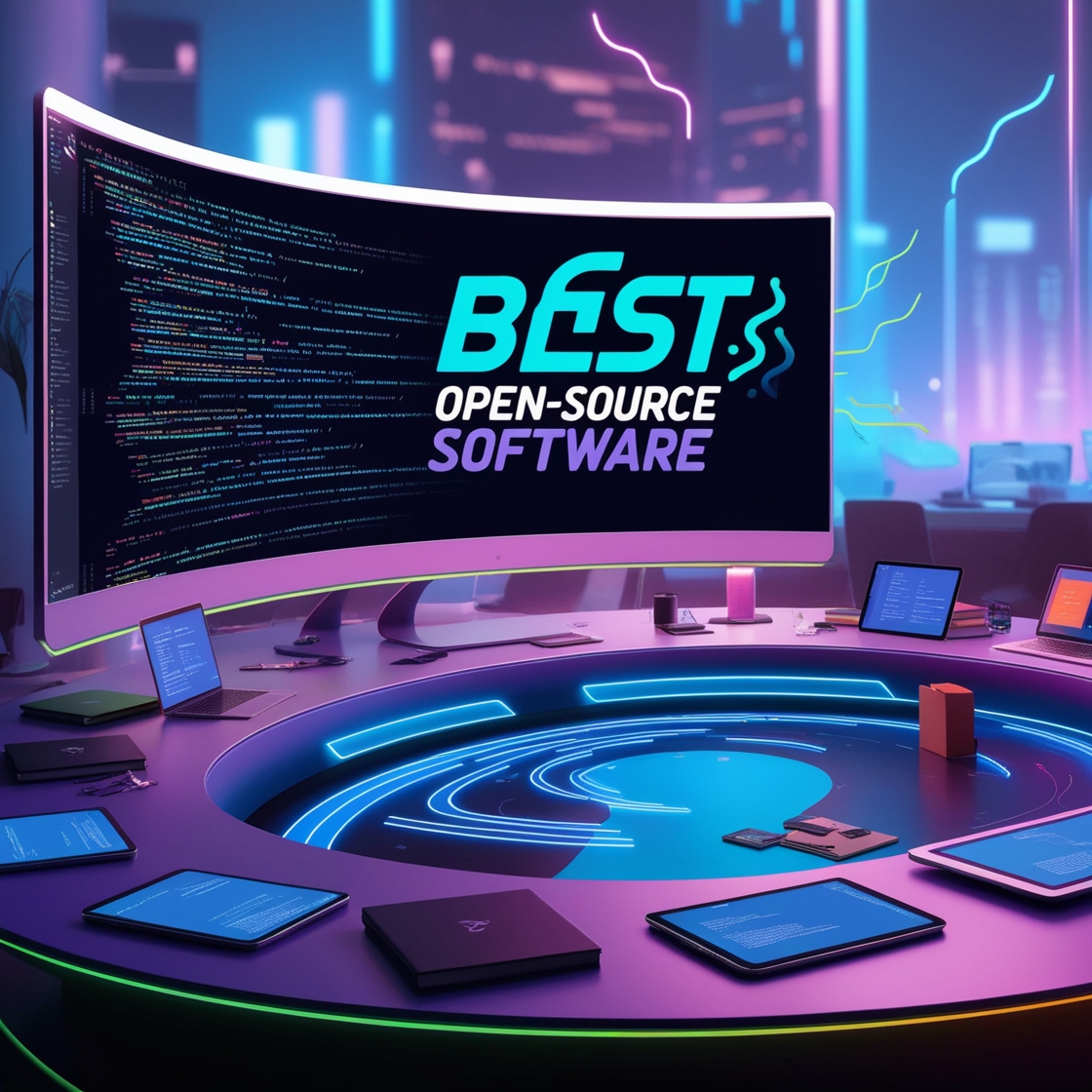Best Open-Source Software for Developers and Designers
Open-source software has revolutionized the tech landscape, providing incredible tools that are free to use and modify. Whether you’re a developer crafting the next big app or a designer creating eye-catching visuals, there’s a wealth of open-source options available. Let’s dive into some of the best software that can enhance your workflow.
Advantages of Open-Source Software
Cost-effectiveness
One of the biggest draws of open-source software is that it’s usually free. This can save you or your business a lot of money compared to costly proprietary software. Imagine being able to access professional-grade tools without breaking the bank!
Flexibility and Customization
Open-source software allows users to modify the source code to suit their needs. This means you can tweak functionalities or even create entirely new features. If you ever wished software could work exactly how you envision, open-source is your playground.
Community Support
The open-source community is vast and supportive. If you run into issues or have questions, you can often find answers in forums, GitHub repositories, or community chat rooms. It’s like having a team of experts ready to help you out!
Popular Open-Source Software for Developers
3.1 Version Control
- Git: A fundamental tool for version control, Git helps developers keep track of code changes and collaborate effectively. If you haven’t started using Git yet, what are you waiting for?
- GitHub: While Git is the tool, GitHub is the platform that makes it all social. It allows you to host your repositories and collaborate with others.
3.2 Integrated Development Environments (IDEs)
- Visual Studio Code: This powerful IDE is lightweight and packed with features. It supports numerous extensions to customize your coding experience.
- Eclipse: Especially popular for Java development, Eclipse is a robust IDE that also supports other languages through plugins.
3.3 Frameworks and Libraries
- React: A popular JavaScript library for building user interfaces. React’s component-based architecture makes it easy to create dynamic web applications.
- Django: A high-level Python web framework that encourages rapid development and clean, pragmatic design. Perfect for developers looking to build robust web applications quickly.
Popular Open-Source Software for Designers
4.1 Graphic Design
- GIMP: A powerful alternative to Adobe Photoshop, GIMP offers many advanced features for photo editing and graphic design. It’s a must-try for anyone serious about design.
- Inkscape: For vector graphics, Inkscape stands tall. It’s an excellent tool for creating everything from logos to complex illustrations.
4.2 UI/UX Design
- Figma (Community version): While Figma is a freemium tool, its community version offers substantial capabilities for UI/UX designers. Collaboration features are top-notch!
- Pencil Project: A free tool for creating mockups and wireframes, Pencil Project is great for designers looking to visualize their ideas before diving into coding.
Collaboration Tools
5.1 Project Management
- Redmine: A flexible project management web application that supports multiple projects and project teams. It’s a great way to keep everyone on the same page.
- Taiga: An agile project management tool that’s simple yet powerful. It’s particularly suited for software development projects.
5.2 Communication
- Mattermost: A self-hosted messaging platform that lets teams collaborate in real time, making it perfect for remote work.
- Rocket.Chat: Another great open-source chat tool that integrates well with various workflows, allowing teams to communicate seamlessly.
Choosing the Right Open-Source Software
Factors to Consider
When selecting open-source software, consider the following factors: community support, documentation, active development, and whether it meets your specific needs.
How to Evaluate Open-Source Projects
Look for projects with a healthy number of contributors and regular updates. A vibrant community can indicate a reliable and well-maintained project. Don’t hesitate to dive into user reviews and community forums to get a sense of the software’s usability.
Conclusion
Open-source software provides powerful, customizable options for developers and designers alike. By leveraging these tools, you can enhance your productivity, creativity, and collaboration. So why not take the plunge? Explore the myriad of open-source options available, and find what works best for you!
FAQs
What is open-source software?
Open-source software is software with source code that anyone can inspect, modify, and enhance. It’s often developed collaboratively by a community.
Can I use open-source software for commercial purposes?
Yes, many open-source licenses allow you to use the software for commercial purposes, but be sure to check the specific license terms.
How can I contribute to an open-source project?
You can contribute by reporting bugs, adding features, improving documentation, or even coding new functionalities. Most projects have guidelines for contributions.
What are the best resources to learn about open-source software?
Websites like GitHub, GitLab, and community forums are great starting points. Additionally, many tutorials are available online for specific tools and languages.
Are there any risks associated with using open-source software?
While generally safe, some risks include potential security vulnerabilities or lack of support for less popular projects. Always choose projects with active communities and regular updates.
